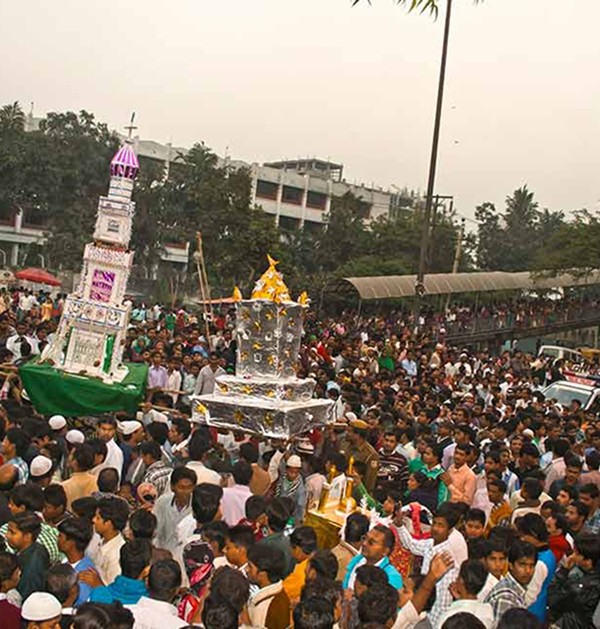No products in the cart.
Why Moharram is celebrated in India?
Muharram is one of the most important and sacred months in the Islamic calendar. In India, it is widely observed by **Muslims** across the country, particularly by the **Shia community**, though Sunni Muslims also commemorate it in various ways.
📜 What is Muharram?
Muharram is the first month of the Islamic lunar calendar, and the 10th day of Muharram, known as Ashura, holds the greatest significance.
This day marks the martyrdom of Imam Hussain (RA), the grandson of Prophet Muhammad (PBUH), in the Battle of Karbala in 680 AD. Imam Hussain stood against injustice and tyranny, choosing sacrifice over submission. His death symbolizes the eternal fight for truth, justice, and righteousness.
🙏 Why Is Muharram Observed in India?
India has the second-largest Muslim population in the world. Muharram is observed in India for several reasons:
1.Religious Reverence
- For Shia Muslims, Muharram is a period of deep mourning.
- The tragedy of Karbala is honored through majlis (gatherings), marsiya (elegies), and Matam (ritual mourning).
- Taziyas (symbolic replicas of Imam Hussain’s tomb) are often carried in processions.
2. Cultural and Historical Significance
- Muharram in India is deeply woven into cultural traditions.
- Cities like Lucknow, Hyderabad, and Kolkata are known for their elaborate and respectful Muharram processions.
- It blends faith, poetry, emotion, and community unity.
3. Commemoration of Sacrifice
- Imam Hussain’s stand is seen not only as a religious act but as a universal symbol of standing against oppression.
- Many non-Muslims in India also respectfully observe the Muharram processions and participate in community events.
4. Government Recognition
- Muharram is a public holiday in India.
- Schools, banks, and government offices are usually closed on Ashura.
- Authorities often coordinate with communities to manage large processions peacefully.
🕯️ How Muharram is Observed in India
- Fasting on the day of Ashura (more common among Sunnis).
- No celebrations or festivities it is a time of grief.
- Tazia processions, usually on the 10th day, especially in cities like Delhi, Mumbai, and Lucknow.
- People often wear black clothes as a symbol of mourning.
- Charitable acts and community meals (niyaz) are also part of the observance.

